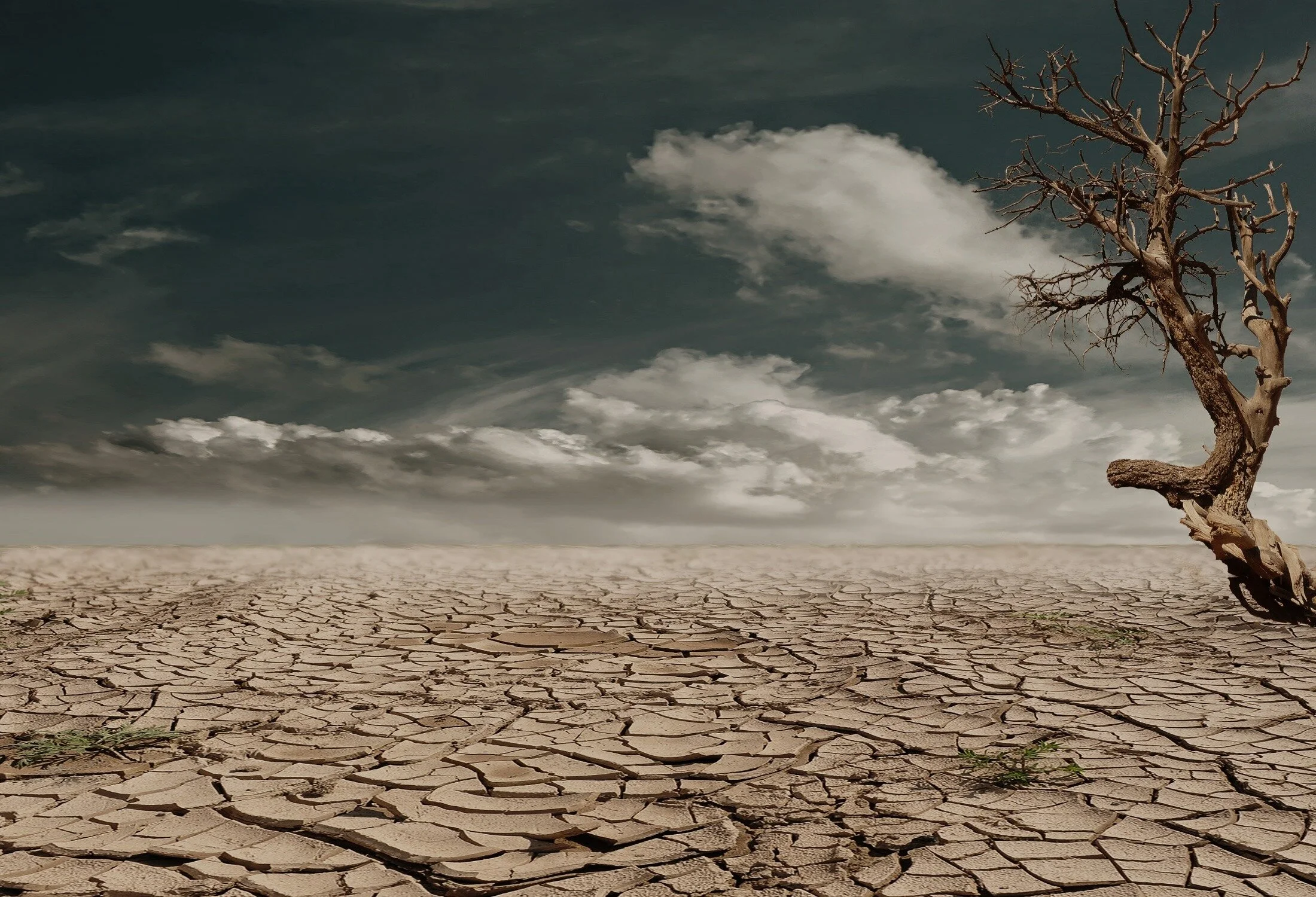
“Imaginative and unpredictable.”
—Kirkus Reviews
After a fatal crash, Uriel wakes in colonial New Mexico, accused of heresy. His only way out is fleeing with an Apache shaman who’s hunting him down. Will he be killed? Condemned? Saved?
“Complex and fascinating.”
—Clarion Foreword Reviews
Después de un fatal accidente, Uriel despierta en el Nuevo México colonial. Acusado de herejía, su único escape es irse con un chamán que lo ha estado acechando ¿Morirá? ¿Será condenado? ¿Se salvará?
“To know the origin is to find the way.”
“Conocer el origen es hallar el camino.”

Tráiler del libro
Book Excerpt
“Existence is an illusion, a dream. Human beings are unconscious fabulists; dreamers who don’t realize they are only dreaming. You are not crazy, Uriel, you are simply a dreamer who has acquired a degree of lucidity about illusory existence.”
Pasaje textual
“La existencia es una ilusión, un sueño, Uriel. El ser humano es un quimerista inconsciente, un soñador que no sabe que sueña. Tú no estás enfermo, eres simplemente un soñador que ha adquirido cierto grado de lucidez sobre su existencia ilusoria.”

Also by Hugo Moreno
Rethinking Philosophy with Borges, Zambrano, Paz, and Plato
J.L. Borges’ Ficciones, M. Zambrano’s Claros del bosque, and O. Paz’s El mono gramático exemplify the intellectual acumen, breadth, and depth, as well as the literary brilliance of these three Hispanic philosophers. Borges, Zambrano, and Paz deploy analogy as an indispensable and irreplaceable heuristic tool and literary device to convey their insight and perplexities on the nature of existence. Borges’ ironic approach involves reading and writing philosophy as fiction. Zambrano’s poetic reason is a mode of writing and thinking based on an imaginative sort of recollection that is ultimately a visionary’s poetizing technique. Paz’s poetic thinking relies on analogy to correlate and harmonize the array of worldviews, ideas, and discourses that it engages and synthesizes.
Book Excerpt
“Are Borges’ Ficciones, Paz’s El mono gramático, and Zambrano’s Claros del bosque literature or philosophy? The main goal of this book is to show that philosophy and literature are not mutually exclusive, autonomous categories, and that these three texts are both works of literary art and works of philosophical thought.”



